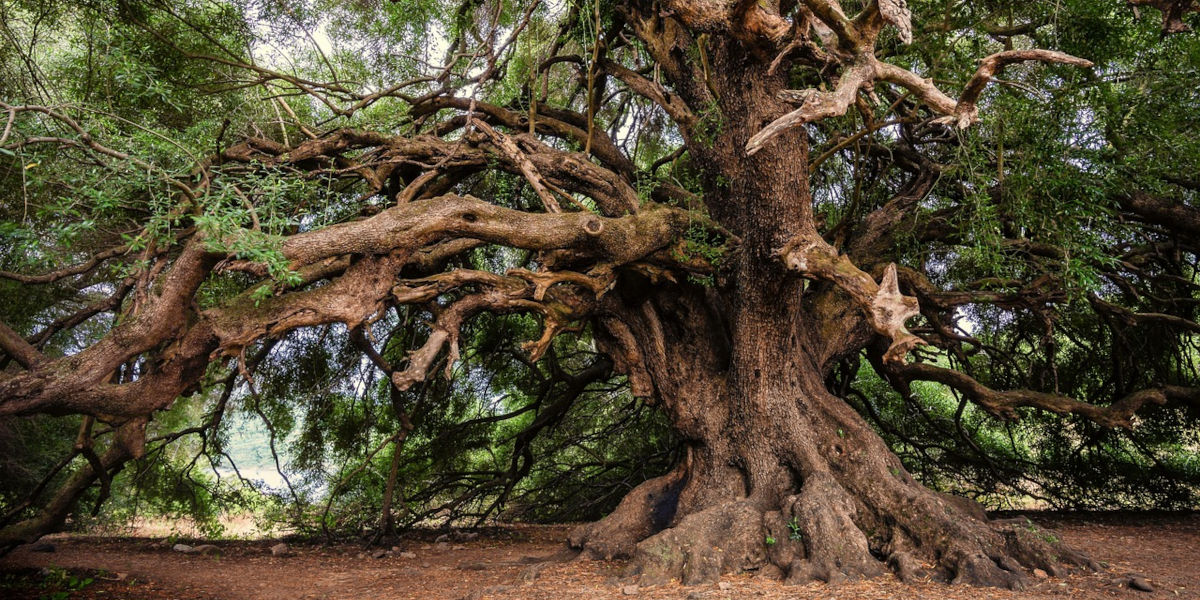In an age where anything old is considered vintage and new is innovative, the world silently holds phenomenal vintage treasures in the form of trees. Among them, the title of the 'World's Oldest Tree' goes to a venerable conifer named Methuselah. This article will journey through the amazing life of this ancient giant, disclose the secretive Methuselah tree location, and answer the curious question, "how old can trees get?".
The Methuselah Tree: A Testament of Time
In the White Mountains of California, under the protection of confounding rugged terrains, casts the shadow of the World's Oldest Tree - the Methuselah tree. Named after the biblical figure who lived to the ripe old age of 969, the Methuselah tree has outlived him by thousands of years. Hidden in plain sight amongst fellow ancient bristlecone pines, this antiquity in bark and leaf stands incognito to protect it from potential harm.
Neither majestic in height nor strikingly unique in appearance, the Methuselah tree does not necessarily stand out in the lush landscape. But beneath its gnarled bark and twisted branches hides an outstanding specimen of resilience and survival that has been silently chronicling the history of our planet for so long.
The Cryptic Methuselah Tree Location
The Methuselah tree is under the careful guardian of the U.S. Forest Service. The exact location of this venerable tree is not disclosed to the public as a protective measure to prevent vandalism. Visitors can, however, walk the enchanting Methuselah trail – a fascinating four and half mile walk through the ancient forest. Here, you can stand in the presence of trees that have been gently swaying to the rhythm of time for over 4,000 years. But can you spot the Methuselah among them? That’s a question only the wind through the pine needles would know.
How Old Can Trees Get?: Nature’s Peculiar Paradox
The age of trees is an intriguing subject that has piqued the curiosity of scientists for centuries. Remarkably, trees do not follow the same biological rules as humans and animals when it comes to ageing. In their world, old isn’t necessarily frail. Contrast to our understanding, the older they get, the stronger and more fruitful they become. So how old can trees get?
Research suggests that trees do not die of old age as other living creatures do. Instead, they succumb to diseases, insect attacks or natural catastrophes like floods or forest fires. Therefore, theoretically, if a tree could avoid these external life-threatening factors, it could live indefinitely.
The existence of the world's oldest tree has always been shrouded in mystery and conjecture. But today, we can say with more certainty than ever before that the title belongs to a clonal tree known as "Old Tjikko," virtually standing for over 9,500 years in the harsh environment of Sweden's Fulufjället Mountain. But how did scientists come across this marvellous arboreal elder? Starting our journey from the pages of antiquity, let's find out.
The discovery of Old Tjikko came about during a research expedition conducted in 2004 by Prof. Leif Kullman from Umeå University. The professor was studying the effects of climate change on Scandinavian vegetation when he happened upon this ancient Norway spruce. Through carbon dating of its root system, his team learned of its unbelievable age.
Looking at its relatively youthful 6-metre tall top, one wouldn't grasp the significance - the grandeur of Old Tjikko. The tree's secret lies beneath. You see, while the trunk we observe doesn't go beyond a few hundred years, the root system is an ancient entity, surviving through eons by continually sprouting new trunks. This survival strategy known as 'layering' allows it to bypass its species' typical life expectancy and live for millennia. Remarkably, Old Tjikko isn't alone. Around the world, many other ancient trees employ such strategies, like the "Pando" colony of Quaking Aspen in the USA, which is an entity spanning 80,000 years, born out from a single root system.
Underneath the Bark
Under the bark of this world's oldest tree, scientists have unearthed a treasure trove of knowledge about our planet's climatic history. Every ring holds within it tales of temperature fluctuations, changes in moisture levels, and other climatic conditions that the tree experienced in its long life. Studying these has given researchers a window into our earth's historical environment.
A Leaf from the Past
The longevity of Old Tjikko compels us to ponder our own transience and the fleeting nature of human civilizations. Here stands an organism that was already a century old when the first pyramid of Egypt was still a concept. It has outlived the rise and fall of empires, braved the comings and goings of ice ages, and continues to stand tall and alive into the 21st century.
The Future of Old Tjikko
As we move forward, the condition of Old Tjikko's survival becomes tantamount to our understanding and preservation of our world's natural history. Our responsibility should be to make sure that this ancient sentinel sees many more centuries to come. We have to ensure that trees like Old Tjikko are preserved and protected, for they are living museums of our planet's past.
In conclusion, Old Tjikko and its fellow ancient trees are the resilient story-tellers of Earth's antiquity in bark and leaf. They stand testament to the perseverance of life in the face of time and change. As we strive to address the challenges of our changing climate, let us look to these ancient entities for inspiration, for wisdom, and for the humility that comes with acknowledging our planet's grandeur and deep, inextricable history.




